What Does NACS Mean For EVs?
The North American Charging Standard (NACS), formerly exclusive to Tesla, has been integral to electric vehicle (EV) charging since 2012. Known for its versatility, NACS supports both Alternating Current (AC) and Direct Current (DC) charging through a compact plug design. This system allows up to 1MW of power for DC charging, making it a robust solution for EVs.
Tesla, has made NACS the most commonly used standard due to its widespread implementation in Tesla vehicles and its extensive charging network across the U.S.
Standardization and Compatibility
In a move towards standardization, the Society of Automotive Engineers (SAE International) announced plans in July 2023 to fast-track the standardization of NACS as SAE J3400. This standardization process aims to codify various aspects like plug connections, charging speeds, reliability, and cybersecurity.
Other prevalent charging standards include the J1772 for Level 1 and 2 AC charging and the Combined Charging Standard (CCS) for DC fast charging. The CHAdeMO standard, although being phased out, is still in use for specific models like the Nissan Leaf.
Adoption by Other EV Manufacturers
Tesla's decision to open up NACS for other companies has led to its adoption by most major EV manufacturers as those brands have announced plans to equip their EVs with NACS charge ports starting in 2025. This adoption includes the provision of adapters for existing EVs to access Tesla's Supercharger network.
Some manufacturers are still evaluating NACS adoption, while others have not yet commented on their stance.
Implications for Public EV Charging Networks
Despite NACS's growing adoption, the CCS standard remains pivotal in public EV charging networks, partly due to federal infrastructure funding requirements. Consequently, the EV charging landscape in the U.S. will see the coexistence of NACS and CCS standards for several years.
EVgo and other network operators are incorporating NACS connectors, ensuring interoperability. Additionally, EV manufacturers adopting NACS are facilitating access to the Supercharger network through in-vehicle support and adapters.
Impact on EV Adoption and Charging Infrastructure
The broader adoption of NACS, coupled with Tesla's incorporation of CCS support, is poised to expand the charging infrastructure significantly. This expansion addresses range anxiety and could accelerate consumer acceptance of EVs.
Conclusion
The adoption of NACS by most manufacturers and its coexistence with the CCS standard represent a dynamic shift in the EV charging ecosystem. While challenges remain in maintaining interoperability, the ultimate benefit lies in increased charging infrastructure availability and ease of use, fostering a more inclusive EV environment.
Become an AutoGuide insider. Get the latest from the automotive world first by subscribing to our newsletter here.
This article was co-written using AI and was then heavily edited and optimized by our editorial team.
More by AutoGuide.com Staff

















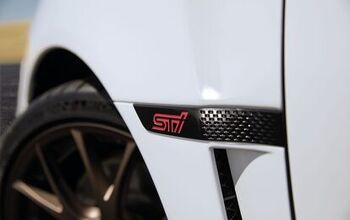



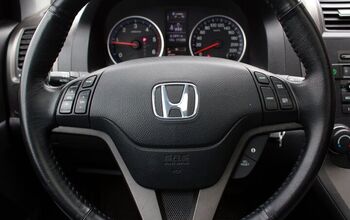

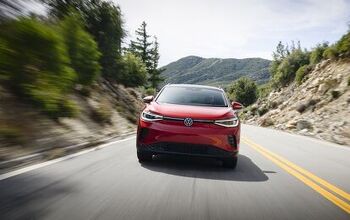




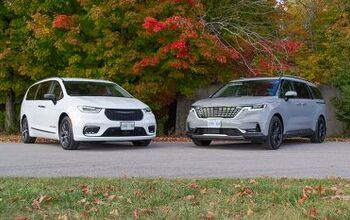


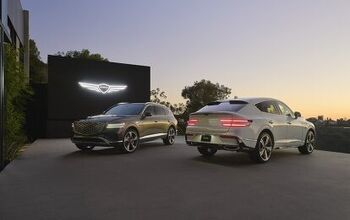
Comments
Join the conversation